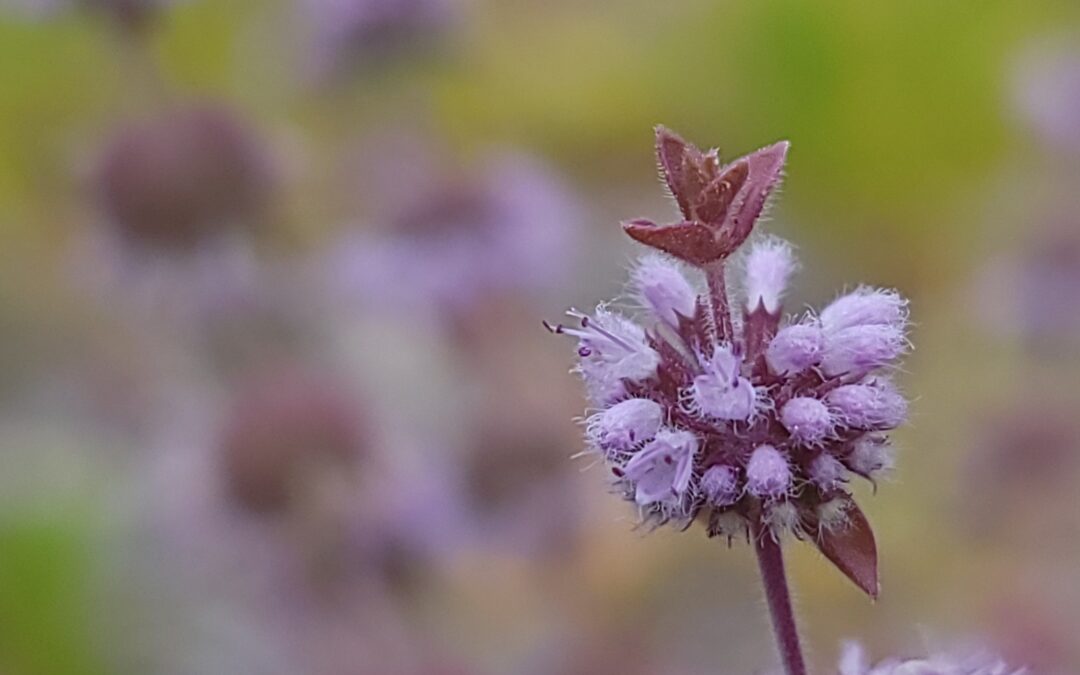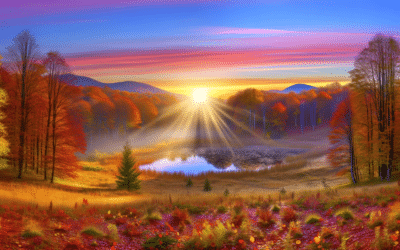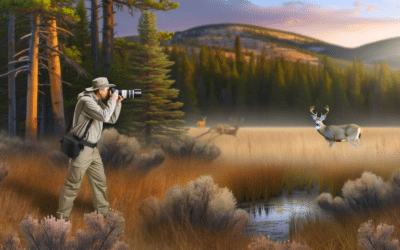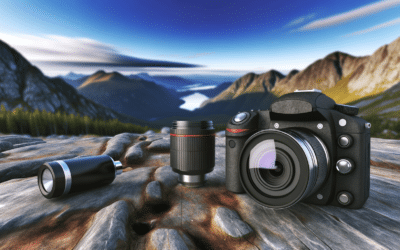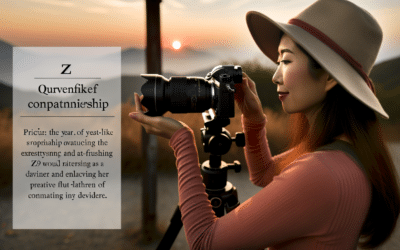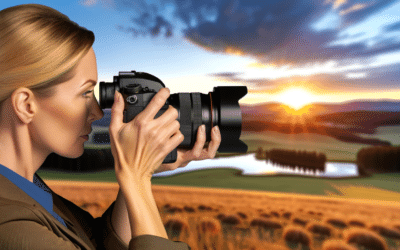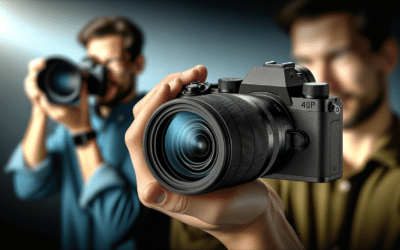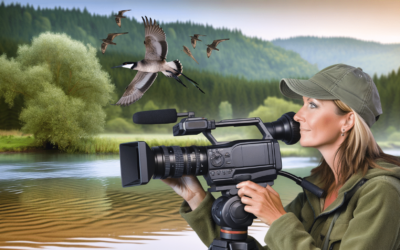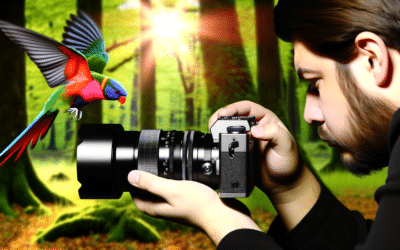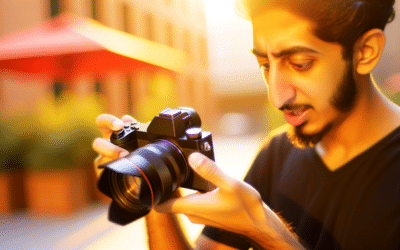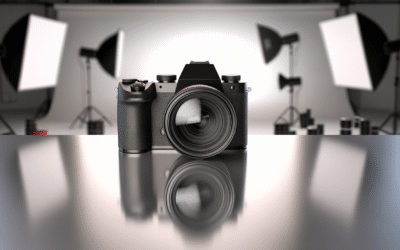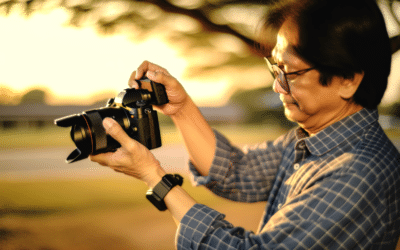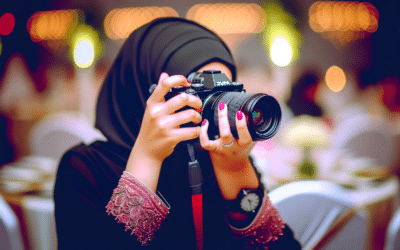Flower photography is a popular genre that many photographers enjoy. One of the biggest debates in this field is when to use a wide-angle versus a telephoto lens for close-up flower photographs. Both types of lenses have their benefits and drawbacks, so it’s important to understand when to use each one to capture the best possible images.
Wide-angle lenses are typically used for landscape photography because they capture a wide view of the scene. However, they can also be used for close-up flower photography, especially when you want to capture the entire flower and its surroundings. A wide-angle lens will allow you to include more of the environment in your shot, giving your image a sense of place and context.
When using a wide-angle lens for close-up flower photography, you will need to get close to the flower to capture the details. This can be challenging because wide-angle lenses have a wide depth of field, which means that everything in the frame will be in focus. This can be both a benefit and a drawback depending on the look you’re going for. If you want a sharp, detailed image of the entire flower and its surroundings, a wide-angle lens is a good choice. However, if you want to isolate the flower and blur the background, a telephoto lens may be a better option.
Telephoto lenses, on the other hand, are designed to capture a narrow view of the scene. They are great for isolating the subject and blurring the background, which can create a beautiful, dreamy effect. When it comes to flower photography, a telephoto lens can be used to capture the details of the flower up close while blurring the background to create a sense of depth.
When using a telephoto lens for close-up flower photography, you will need to stand farther away from the flower to get the desired framing. This can be beneficial because it allows you to capture the flower without disturbing it. Telephoto lenses also have a shallow depth of field, which means that only a small portion of the image will be in focus. This can be used to create a beautiful bokeh effect in the background, which can make the flower stand out even more.
Ultimately, the decision to use a wide-angle or telephoto lens for close-up flower photography comes down to personal preference and the look you’re going for. If you want to capture the entire flower and its surroundings, a wide-angle lens is a good choice. If you want to isolate the flower and create a sense of depth, a telephoto lens is a better option. Regardless of which lens you choose, be sure to experiment with different angles, compositions, and lighting to capture the most stunning flower photographs possible.
Fall Foliage Photography Tips
The allure of the fall season draws numerous photographers to the world's most picturesque spots. Capturing the autumnal...
Hunting with a camera: 12 tips to take your wildlife photography to the next level
Wildlife photography is a hobby that requires significant dedication due to its complexity. Those who wish to excel in this...
OM System OM-1 review
The OM System OM-1 is a high-end Micro Four Thirds mirrorless camera that marks a new era for the company formerly known as...
One Year With the Nikon Z9
After spending a year within the confines of a camera bag, it's appropriate to reflect on the inaugural year with a camera that...
FujiFILM X-H2 Review
The Fujifilm X-H2 is a professional-grade APS-C camera that boasts a high-resolution 40.2MP sensor, producing detailed images...
Fujifilm X-H2 in-depth review
The Fujifilm X-H2 is a 40MP APS-C mirrorless camera that excels in both still photography and video recording, offering 8K video...
6 Essential Tips for Shooting Video of Wildlife
Wildlife videography is increasingly popular, and there are key tips for beginners to create engaging stories. A compelling...
As Good as a $6,000 Camera? OM System OM1 Review Update
The OM System OM1 camera has received significant improvements through firmware updates, the latest being version 1.3, which...
Sony A7R V Review
Review of the Sony A7R V: Shooting Experience Originally previewed by Jeremy Gray on 10/26/2022, the Sony A7R V has since been...
Sony a7RV in-depth review
The Sony a7R V is a full-frame mirrorless camera that stands out for its high-resolution 60MP BSI CMOS sensor. It boasts...
Canon EOS R6 MK II Review
Less than three years ago, Canon launched its first two truly impressive full-frame mirrorless cameras – the 45MP Canon EOS R5...
Putting the New Canon R6 Mark II Through Its Paces
The Canon EOS R6 Mark II mirrorless camera stands out for its performance in low light and high-speed situations, as experienced...
